
The National Order of the Legion of Honour
The Order of the Legion of Honor holds the highest position in the hierarchy of French awards. This distinction was established in the early 19th century, survived the fall of Napoleon Bonaparte, the restoration of the monarchy, the Third Republic, and world wars. Information about the knights is carefully preserved in the Paris National Museum. The reason for the long life of the Order of the Legion of Honor is that it became the first truly democratic award in the country's history, as it was bestowed regardless of ranks and social differences.
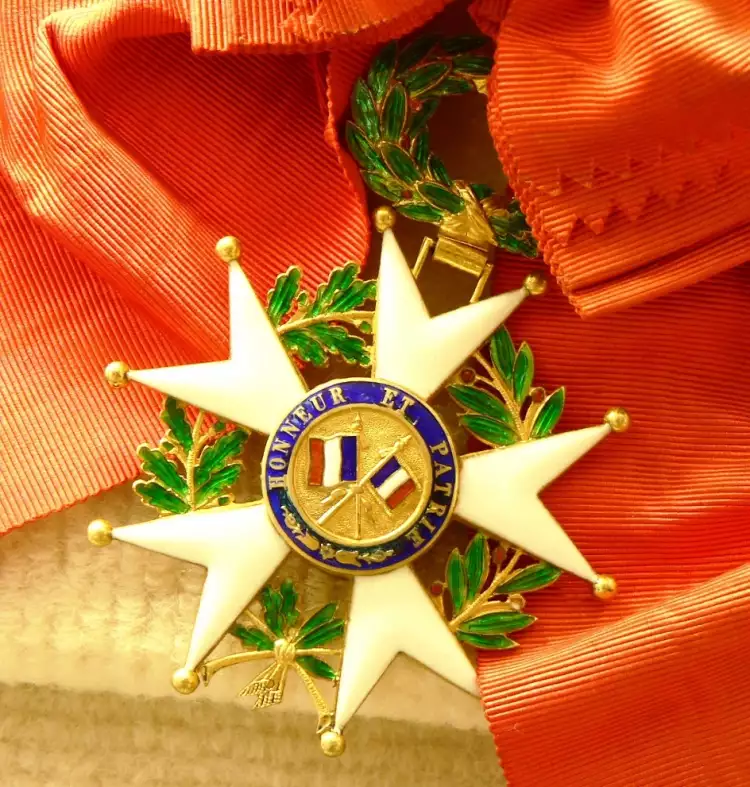 The National Order of the Legion of Honour
The National Order of the Legion of Honour
Key characteristics of the Order of the Legion of Honor
- Artist: Unknown.
- Country: France.
- Date of establishment: May 19, 1802.
- Number of degrees: 5.
- Cross dimensions: from 40 mm to 70 mm (depending on the recipient's rank).
- Materials of the Order: gold, silver, enamel.
- Ribbon material: moire.
Establishment of the Order of the Legion of Honor
The Order of the Legion of Honor emerged in the aftermath of the Bourbon dynasty's centuries-long rule, which was overthrown by the French Revolution. The decree of 1791 marked the end of all royal regalia that had existed for many centuries. The people's hatred for the privileged class was so great that the National Constituent Assembly was firmly against any honorary insignia. In May 1792, the government established a single Military Award, which lasted only a few months. The army's command had to award distinguished individuals with personalized rifles, swords, and even drums.
The Order of the Legion of Honor owes its existence to Napoleon Bonaparte, who was then a consul of the young republic. The visionary politician understood well that the country needed a system of rewards and persistently advocated his viewpoint in the State Council. In his speeches, Napoleon urged the government not to treat orders as royal trinkets and reminded that no republic in history had been without distinctions.
Napoleon realized that the State Council would not approve anything that even remotely resembled the old regime, so he decided to create an organization modeled after the spiritual-chivalrous order of the Hospitallers, the membership of which was considered a high honor. The monastic brotherhood was divided by national identity and languages, and the first order of the French Republic suggested dividing into cohorts based on the number of regions in the country. The main feature of the organization was its democracy—citizens of all classes could be part of the Legion regardless of ranks and titles.
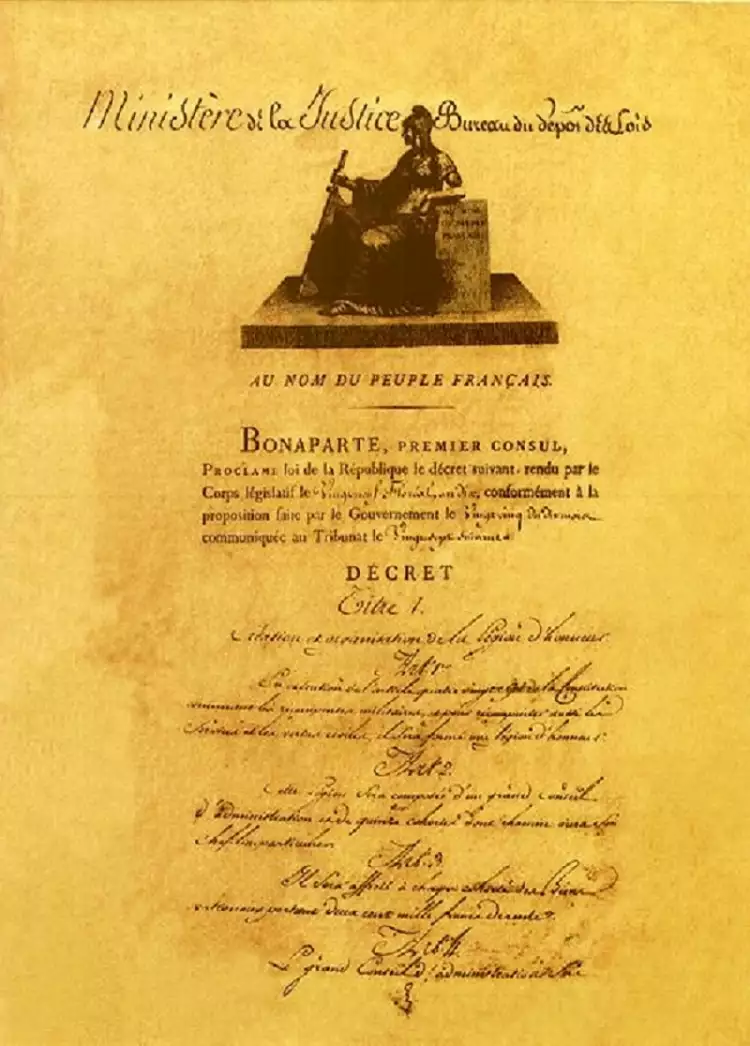 The National Order of the Legion of Honour. Decree establishing the Order, 1802
The National Order of the Legion of Honour. Decree establishing the Order, 1802
The draft law was passed by the parliament on May 19, 1802, with a majority of only six votes. In the early years of its existence, the order was organized in a military fashion. The Grand Master was the highest position, followed by cohort commanders, officers, and the lower-ranking members were referred to as legionnaires. All those honored to be accepted into the organization took an oath and received monetary allowances. There were no symbols at the initial stage of the order. Joining the organization had an element of reward, and the pension was a decent financial support. Ordinary legionnaires received 250 francs per year, which was a substantial sum, as the average worker's earnings at that time did not exceed two francs per day.
Insignia of the Order of the Legion of Honor
In 1804, Napoleon was proclaimed Emperor of France, leading to significant changes in the order's structure, including the introduction of ranks and insignia. Bonaparte remained the Grand Master, and legionnaires became knights, while commanders were renamed commanders. During the imperial era, seven categories of awards were established, but later the number of classes was reduced to five:
- Grand Cross.
- Grand Officer.
- Commander.
- Officer.
- Knight.
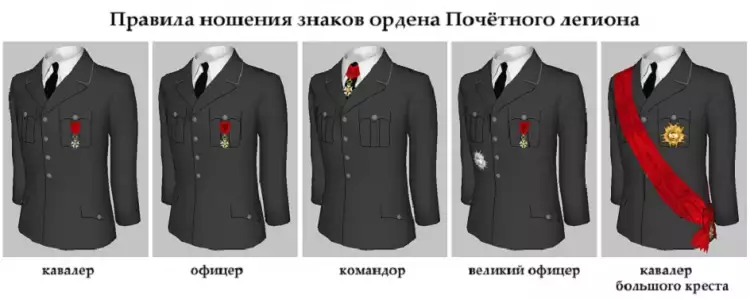 The National Order of the Legion of Honour. Rules for wearing the regalia
The National Order of the Legion of Honour. Rules for wearing the regalia
The design of the order was overseen by a military ministry official, J.B. Challiot, and the names of the artists did not survive to our day, as the archives burned down in 1871. To a large extent, the regalia's design resembled the abolished Order of Saint Louis from 1792 — a red ribbon, a central gold medallion with the Emperor's profile, and a Maltese cross covered with white enamel. Napoleon wanted the highest imperial award to rival the splendor of the royal orders of Europe while adhering to the democratic principles brought to society by the revolution. The order was awarded to both military and civilian individuals, regardless of their status and profession.
These very principles became the reason why the order successfully weathered all historical storms and remains active to this day. After the restoration of the monarchy, the authority of the regalia was so high that there could be no talk of its abolition. However, due to the change in power, the design needed to be modified. Louis XVIII did not dare to place his portrait on the medallion, so the profile of Henry IV, known for his bravery, was used for the design. In 1852, the regalia returned to its original design, but since 1870, the order has been adorned with the symbol of the French Republic - Marianne.
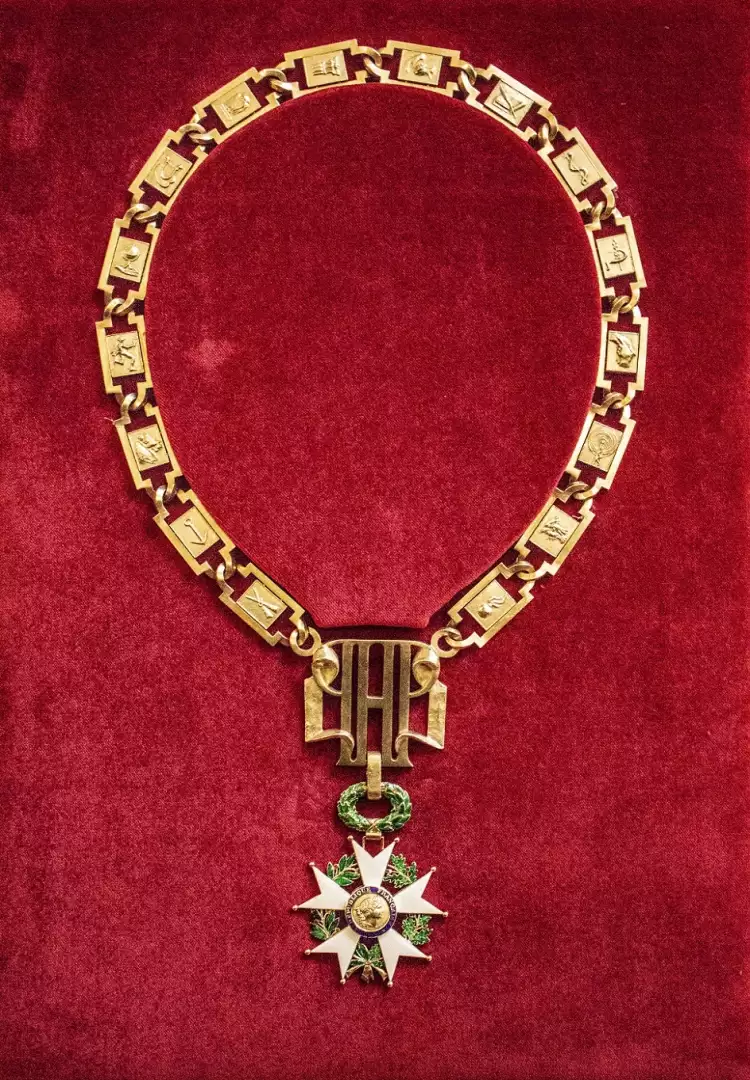 Order of the Legion of Honour with pectoral chain of the Order
Order of the Legion of Honour with pectoral chain of the Order
Knights of the Order of the Legion of Honor
When Napoleon established the order, he placed his military commanders at the head of the cohorts - Louis Nicolas Davout, Joachim Murat, Michel Ney, and others. He appointed Senator Bernard Germain Étienne de Laville-sur-Illon, Count of Lacépède, as the Grand Chancellor. The Emperor had to participate in several ceremonies, as the number of legionnaires was too great. The lists were compiled in alphabetical order.
The highest award of France was presented to foreign monarchs, including Queen Victoria, who became a Dame of the Legion of Honor. One of the interesting awards occurred in 1916 when a carrier pigeon became a knight. The pigeon had saved a French garrison during battles near Verdun by delivering a message calling for help despite being poisoned by gas. It perished after delivering the message. The whole of France learned of the feat the next day, and the pigeon was posthumously awarded. The stuffed bird is still preserved in one of the Parisian museums.
Currently, the head of the order automatically becomes the President of the country, and the chain of the regalia is a mandatory attribute of the inauguration. The organization is governed by a council of sixteen members, and the meetings take place at the headquarters located on Lilia Street in Paris. In the same complex of buildings, there is a museum where the exhibition includes the Grand Master's chain that belonged to Napoleon I.
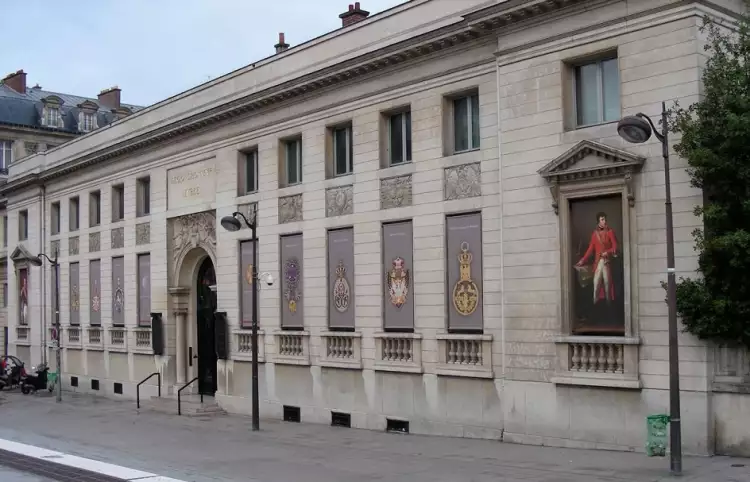 The National Order of the Legion of Honour. Building of the National Museum of the Legion of Honour
The National Order of the Legion of Honour. Building of the National Museum of the Legion of Honour
Rare items of phaleristics are highly sought after by collectors. Auctions on the Very Important Lot portal are an excellent opportunity to acquire antique items from bygone eras.
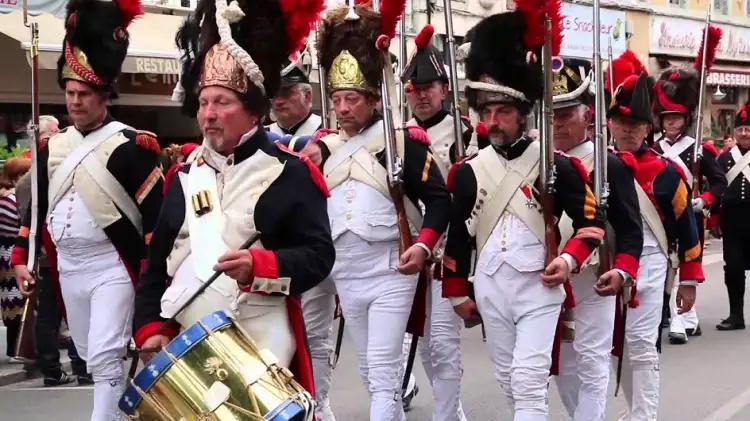
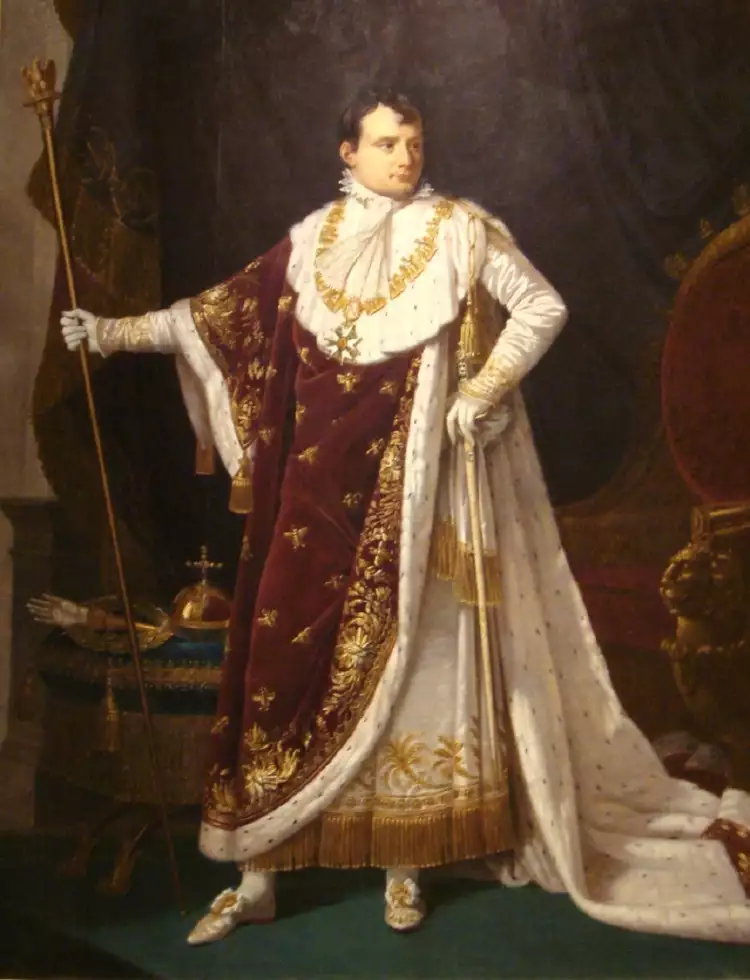
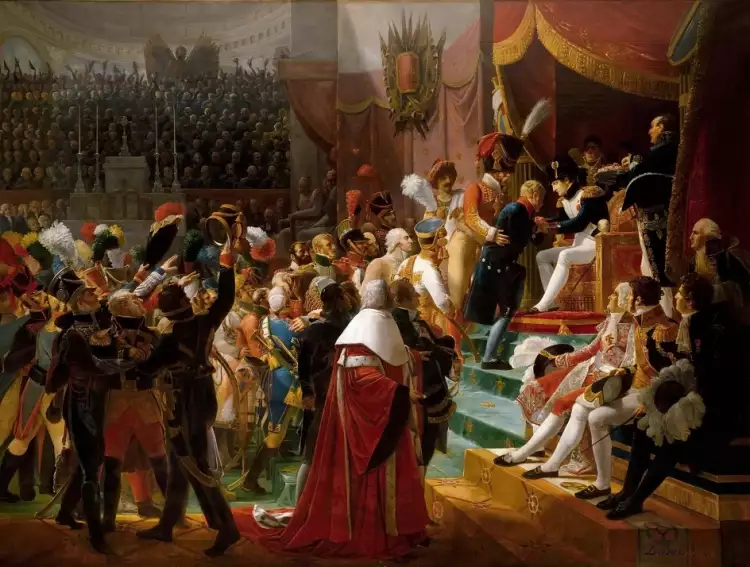
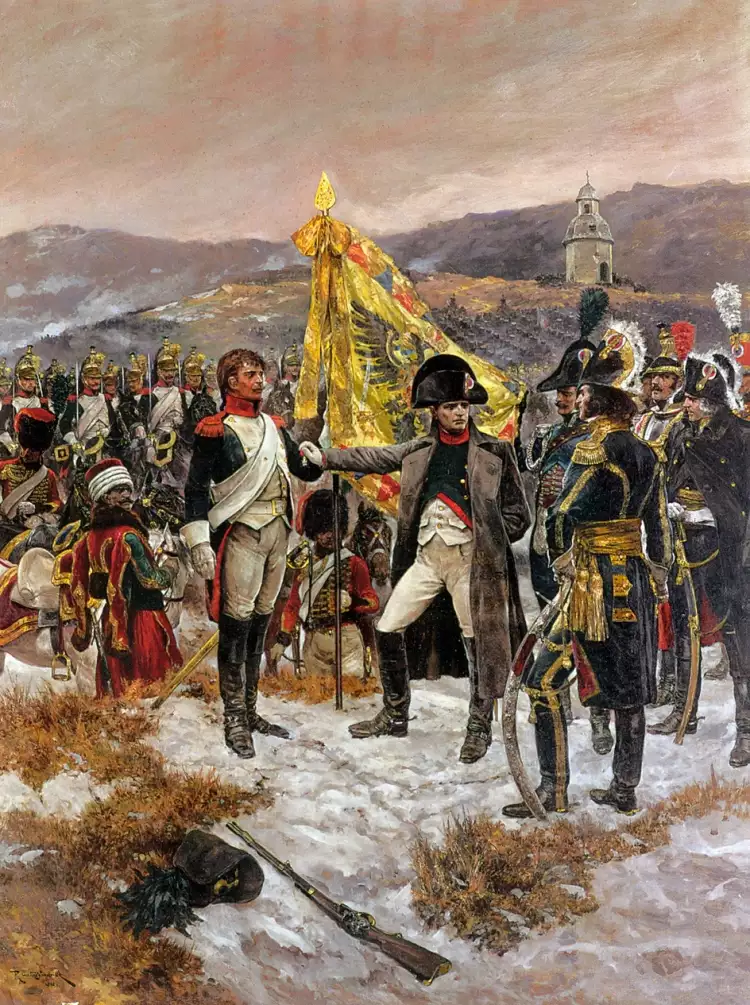
 Illuminating the Past: The Rise of Vintage Lighting in Modern Decor
Illuminating the Past: The Rise of Vintage Lighting in Modern Decor 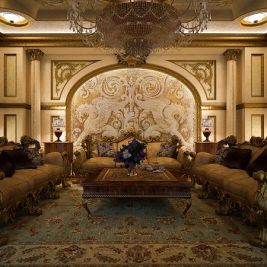 Mannerism style in interior design - the aesthetics of grandeur and the logic of mannerism
Mannerism style in interior design - the aesthetics of grandeur and the logic of mannerism 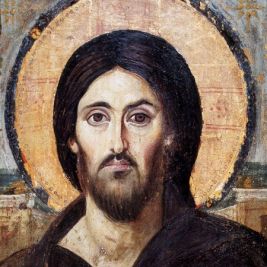 Icon - a sacred object in Christian culture: types, distinctive features, history
Icon - a sacred object in Christian culture: types, distinctive features, history 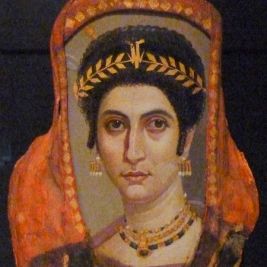 Fayum mummy portraits - ritual painting that preceded its time
Fayum mummy portraits - ritual painting that preceded its time  Hyperrealism - the perfect authenticity of artistic illusion
Hyperrealism - the perfect authenticity of artistic illusion 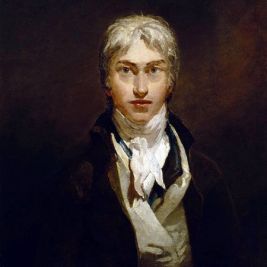 William Turner—the greatest British artist of all time
William Turner—the greatest British artist of all time 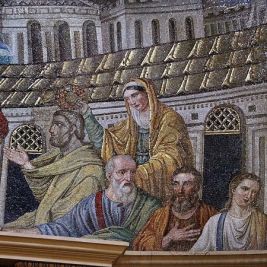 Mosaic - the art of creating a complete picture from many small individual pieces
Mosaic - the art of creating a complete picture from many small individual pieces  Sculpture is the unique art of creating three-dimensional artistic works
Sculpture is the unique art of creating three-dimensional artistic works  Giovanni Guida is an Italian artist-innovator and master of grattage
Giovanni Guida is an Italian artist-innovator and master of grattage 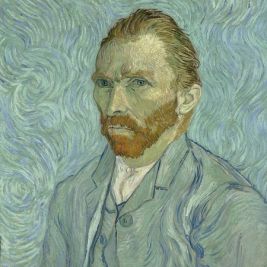 Vincent van Gogh is the most iconic artist of Post-Impressionism
Vincent van Gogh is the most iconic artist of Post-Impressionism